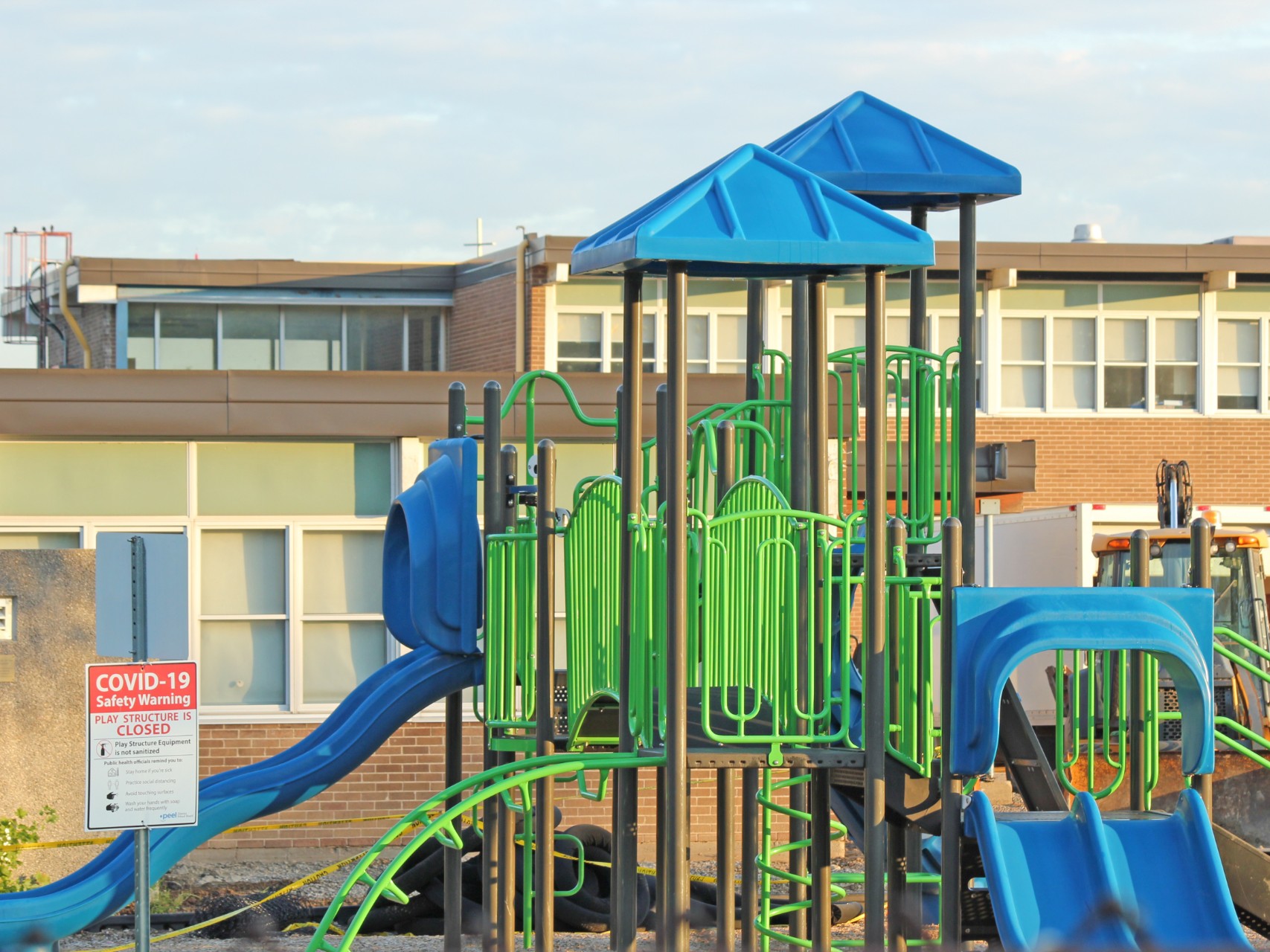

Follow all of PopSci’s COVID-19 coverage here, including tips on enjoying summer activities, ways to tell if your symptoms are just allergies, and advice on which masks to buy.
Schools and businesses continue to grapple with how to reopen safely as the pandemic still spikes in areas around the country. Reopening anywhere in the United States remains complicated as researchers continue to uncover new ways in which the virus spreads. Still, cases are down in select parts of the country. Here’s everything you might have missed this week.
People who don’t show symptoms of COVID-19 still carry high levels of the virus in their respiratory systems
Since the start of the pandemic, researchers have suspected that some folks who don’t display the typical symptoms of the novel coronavirus, like dry cough, fever, and shortness of breath, could still carry the virus in their respiratory systems and spread it around. This subpopulation of coronavirus-positive people are called asymptomatic spreaders. And while they have long thought that these patients contribute to the viruses’ spread, evidence to back up these suspicions has been scarce. Now a study out of South Korea in JAMA Internal Medicine that studied asymptomatic spreaders found that this group carries a similar amount of the virus in each of their nose, throat, and lungs for a similar amount of time compared to classically “symptomatic” patients. 9.
While these results don’t surprise many researchers and public health officials, they do help to show the importance of testing, according to a report in The New York Times. Right now, a lot of testing, particularly in the United States, is restricted to people who display symptoms. Infectious-disease specialist and director of the National Institute of Allergy and Infectious Diseases, Anthony Fauci estimated that as many as 40 percent of COVID-19 cases are in people who don’t show symptoms. This recent study out of South Korea estimated that percentage to be around 30. Limiting tests to symptomatic folks only not only misses a significant chunk of cases, but prevents asymptomatic people from realizing they have the virus, isolating themselves, and preventing any further spread of the infectious virus.
Nearly 100,000 children tested positive for the coronavirus in the last two weeks of July
School reopenings remain a complicated affair as first days of school sneak across the nation, andmany school doors have already opened. According to a recent report from the American Academy of Pediatrics and the Children’s Hospital Association at least 97,000 children tested positive for COVID-19 in the last two weeks of July alone. The report, which used data from 40 states, shows that states in the West and South represent more than seven of every 10 infections.
Many school districts, including those in Los Angeles and San Diego, California, have already announced decisions to operate remotely throughout the fall. While others in the south, southwest, and midwest have proceeded with reopening as usual. Among the schools that have opened like any other year, many have had to close or restrict openings as students or staff have tested positive for the virus.
Epidemiologists are still unsure of how easily COVID-19 can be spread among children in a school setting. Over the past few months, some research has shown that overall, kids are less susceptible to developing COVID-19 or to experiencing a severe case of the disease. But studies have also shown that rarely, kids with the novel coronavirus can develop a severe immune reaction, known as multi-system inflammatory syndrome, which can cause inflammation and impaired functioning in their hearts, lungs, kidneys, and other organs. Public health and school officials will need to continue taking all of this into account over the next school year.
U.S. coronavirus cases exceeded 5 million on Sunday
Over the weekend, the number of confirmed cases of COVID-19 in the United States surpassed 5 million, according to The Washington Post, double the amount of cases in June. After the number of cases dropped drastically in the Northeast, the midwest and south started to see a boom. Overall the number of new daily cases hit an all-time high on July 17th, with 76,491 new cases that day alone.
Globally, the United States accounts for a quarter of all coronavirus cases. Brazil has the second highest number of cases with 3 million and India has the third highest, with 2.1 million overall cases. Other countries though have managed to keep the virus largely at bay, including Australia and New Zealand.
